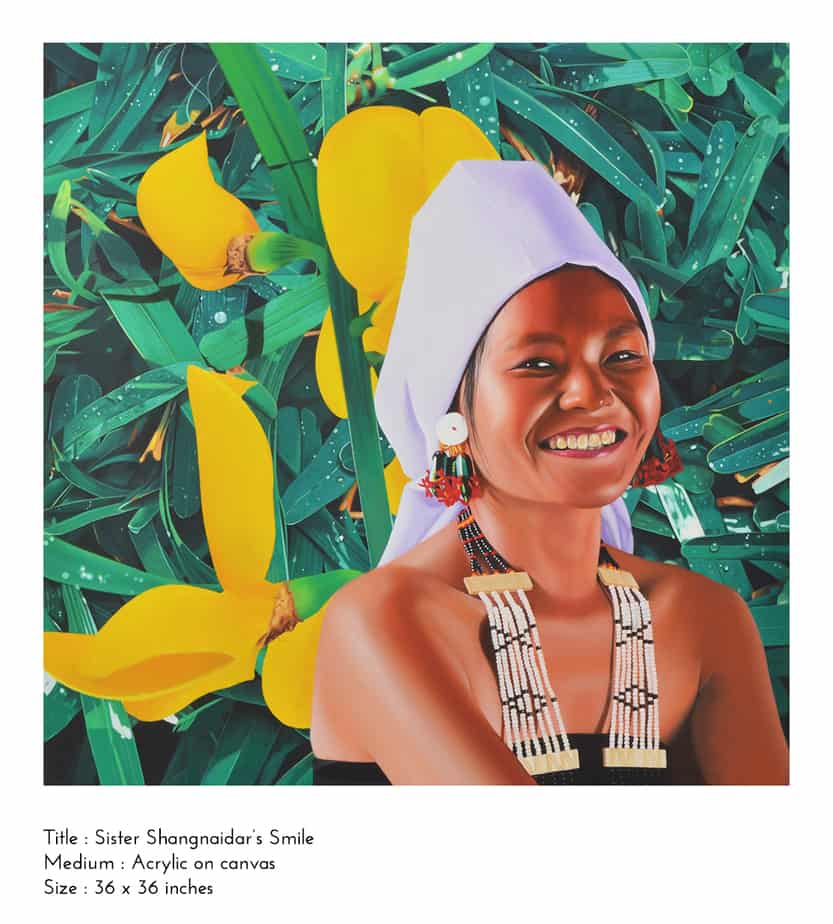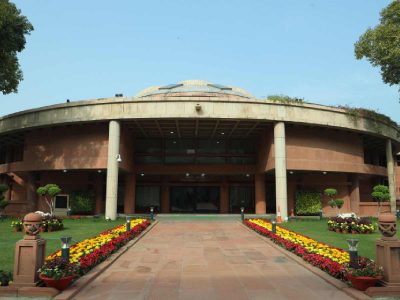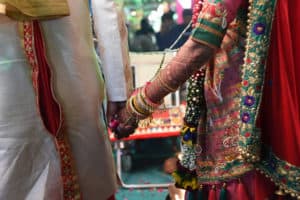The exhibition ‘Homecoming’ gives us a glimpse of the culture of North East India as recollected by artist Dilip Oinam
Artist Dilip Oinam has been living in Delhi for the past 19 years. A native of Manipur, he hasn’t quite come to like the crowd and concrete jungle of the capital.
Lately, missing the lush green jungles and free spaces of his home town, he took to his canvas to recreate the vibrancy of his identity and culture. This recent collection will be displayed at India International Centre Annexe in the exhibition, ‘Homecoming’. “It is like a window that takes me back to my native place,” says Dilip.
Born and raised in Manipur, his works experiment with the cultural and anthropological vibrancy of the North East as seen through his eyes. Seventeen works are on display, all inspired by flora and fauna, identity-based iconic images and tangible cultural objects. “My humble approach is based on an honest internalisation of my experience rooted in identity and culture.”
Painting from a very young age, he won several art competitions, both at the state and national level. Following this passion, he pursued higher studies at the Delhi College of Arts, after which he settled here.
Dilip explains that one can see a perceptible difference between his earlier works and recent creations. Initially fascinated with mainly works of Bengal artists like Shyamal Dutta Ray, Ganesh Pyne and others, his works were highly influenced by them. “Having toyed with the abstract and the real, influenced by a metropolitan city for many years, my earlier works were dominantly influenced and controlled by sensibilities of contemporary South Asian art scenario even though one could sense slight difference in execution,” he says.
The multi-layered, vibrant strokes of acrylic on canvas depict the associative and cultural symbolism of North East India. Having a realistic approach in his paintings, he tries to represent the lost and forgotten traditions and customs of his culture. “Influenced by Korean fashion, people have changed the traditional way of dressing. My main motive is to bring back the memories of my beautiful culture.”
Most of his paintings are figurative as he believes that people find it easier to connect to representational art. Earlier, experimenting with the spheres of solitude, grim sentimentalism, forbidding darkness, he has now acknowledged the necessity of displaying multi-coloured hues in a free play of the real and the abstract.
Dilip concludes there is no denying that there still persists a racist mentality among people of the city. He hopes his work will help people understand the culture and lives of people in North East better. The exhibition is on display from June 4 to 10.





